Artist Project / Sambizanga Project
Dismantling the divide between innocence and guilt
Ricardo de Oliveira
The screen shots from Sambizanga below are part of a larger project by Ricardo de Oliveira. These photographs attempt to recreate and comment on the experience of watching a film and on the possibility of sharing that experience with other people. By highlighting certain details and frames, de Oliveira brings to the fore specific narratives that are only implicit within the film. What is emphasized in these pages is the film’s implicit criticism of an absolute divide between the innocence of the Angolan children and the guilt of the Angolan authority figures collaborating with the Portuguese, between the nostalgia for the home and the terror of the giant, labyrinthine space of incarceration used by the Portuguese. These children might one day become those guards; the Angolan homes and villages are also sites of internal repression. Acknowledging the continuity between these supposedly opposed figures and spaces tempers Sambizanga’s optimism for a future revolution: Repression is not merely an external force, overthrowing the colonial powers does not signal the end of all future repression.
The visual impact of these images is also a tribute to the powerful but overlooked cinematic contribution of post-colonial Africa. “I often think of Sambizanga in relation to Eisenstein’s Potemkin,” says de Oliveira. “I think that this may in part be because of the mixture of revolutionary fuel and pathos that both films share. But where Eisenstein introduces montage as a method of composing his dramatic narrative, Maldoror uses a more flexible, almost experimental time-continuous camera.” After Eisenstein, we associate montage with revolutionary filmmaking. Maldoror’s film points to another, less visible tradition of revolutionary filmmaking.
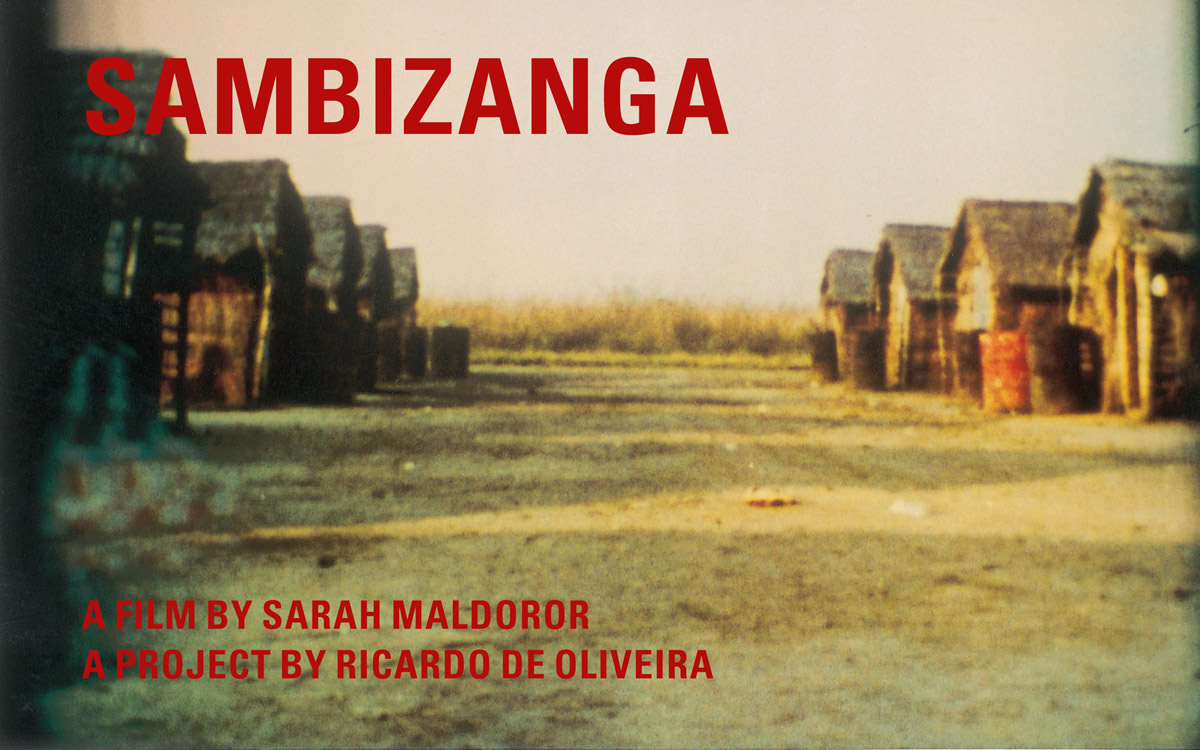
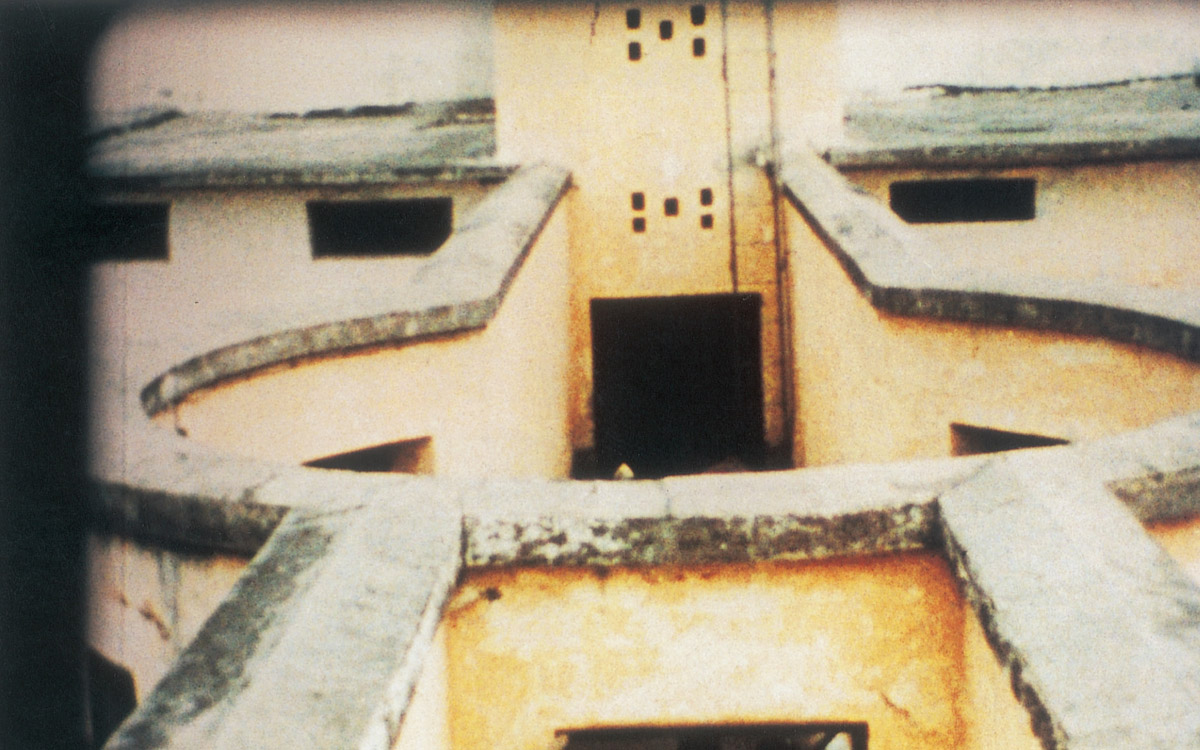
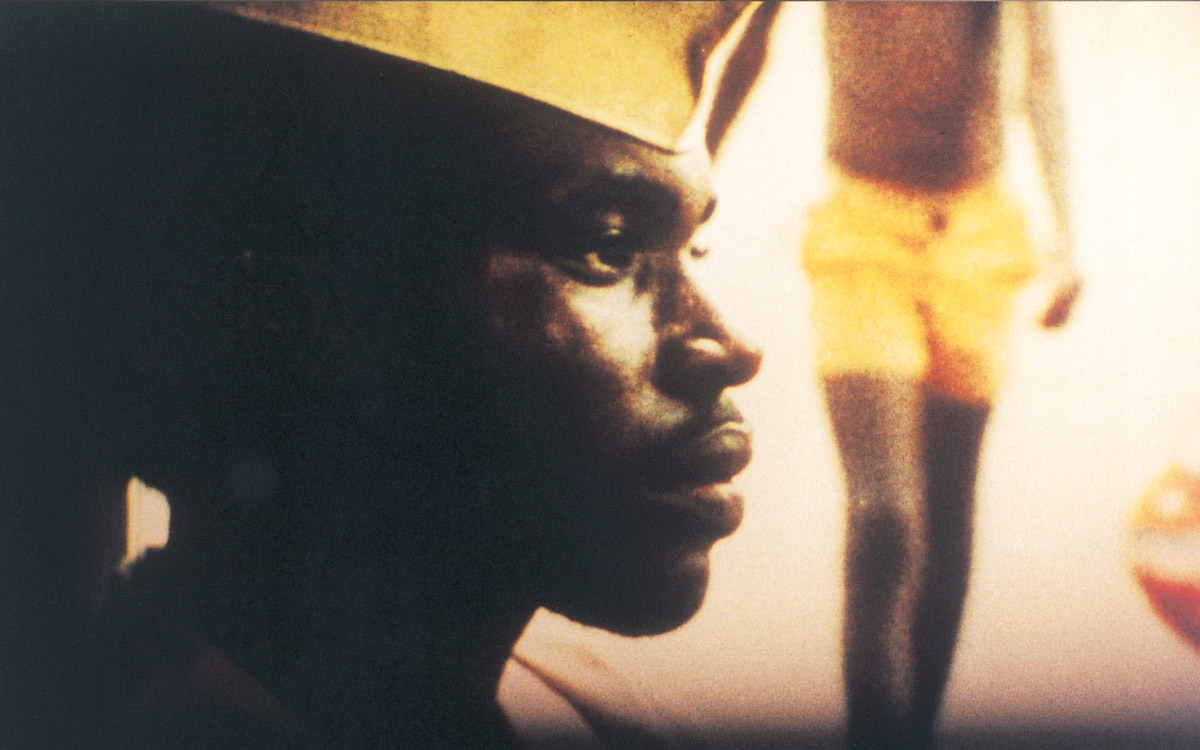
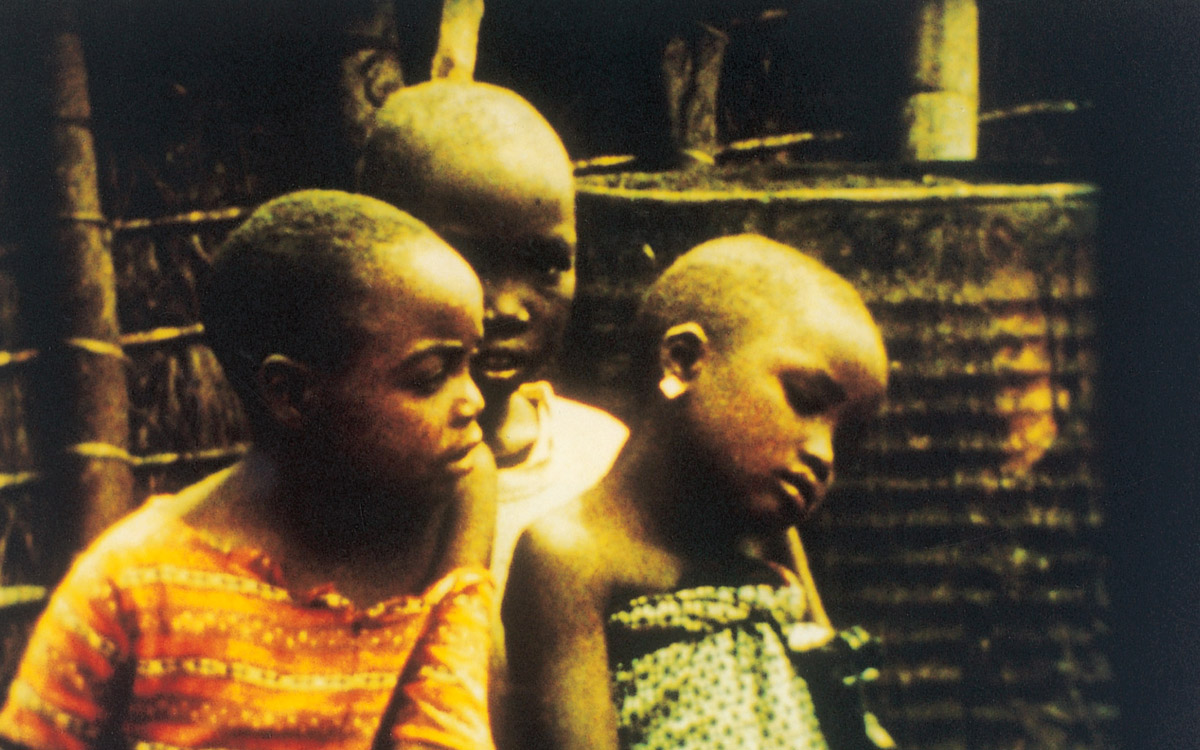
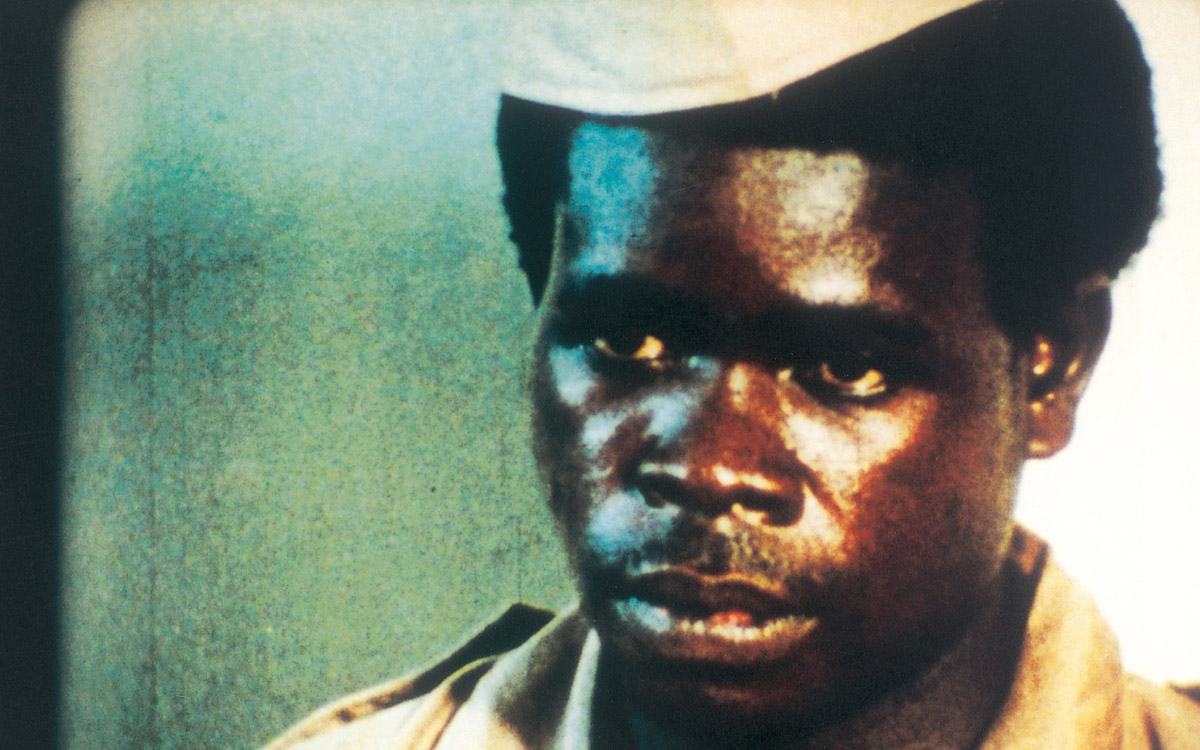
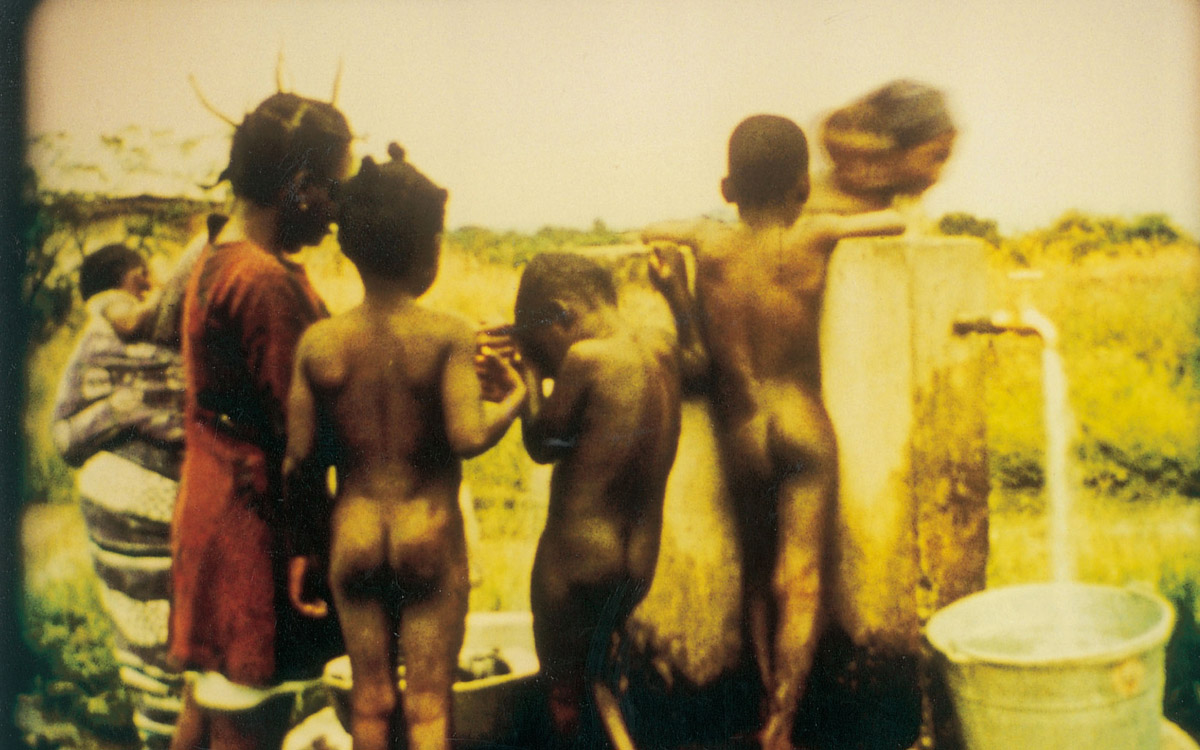
Ricardo de Oliveira is an artist living in New York City. His work has been featured in major international exhibits, including the 1995 Venice Biennale. He is currently working on a public art project to be launched in the spring of 2001.
Spotted an error? Email us at corrections at cabinetmagazine dot org.
If you’ve enjoyed the free articles that we offer on our site, please consider subscribing to our nonprofit magazine. You get twelve online issues and unlimited access to all our archives.